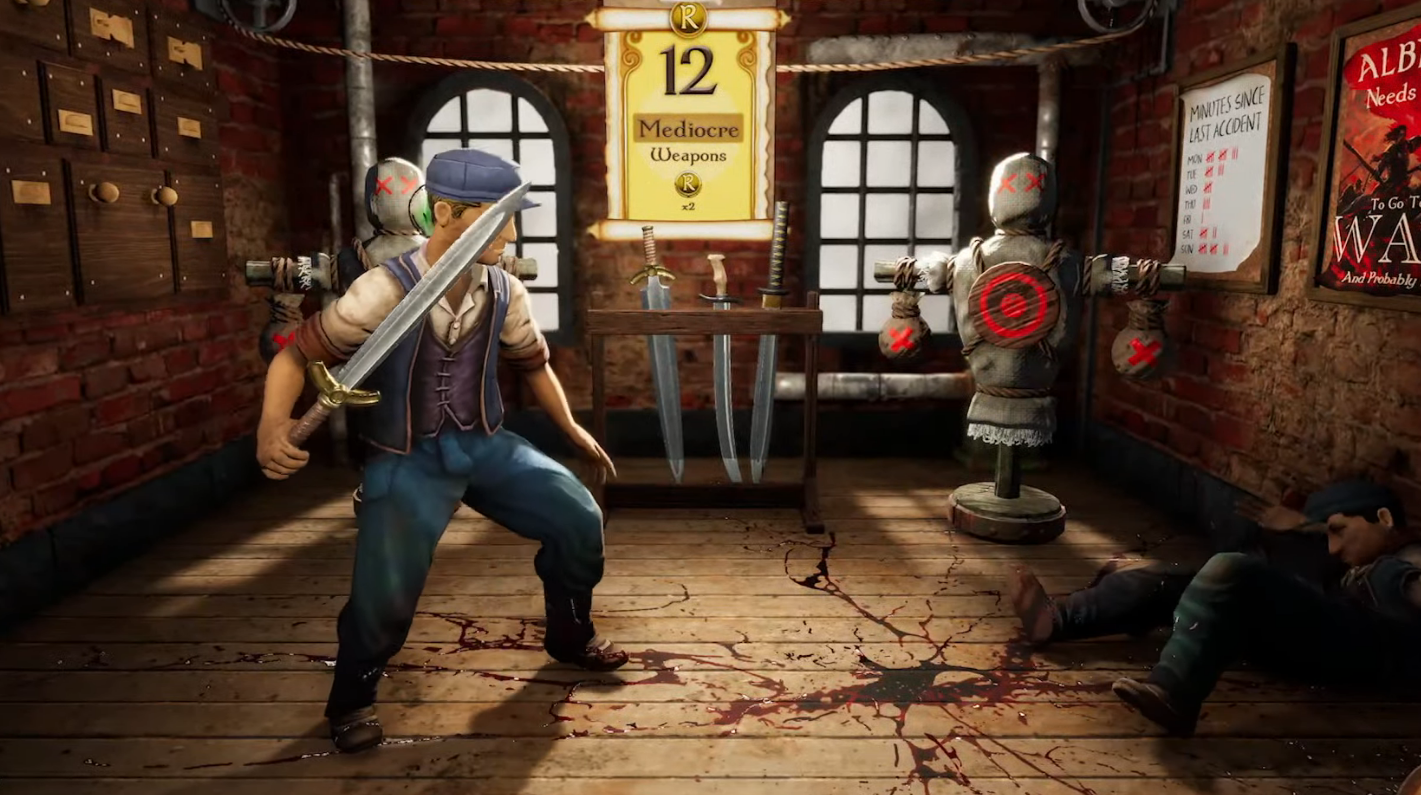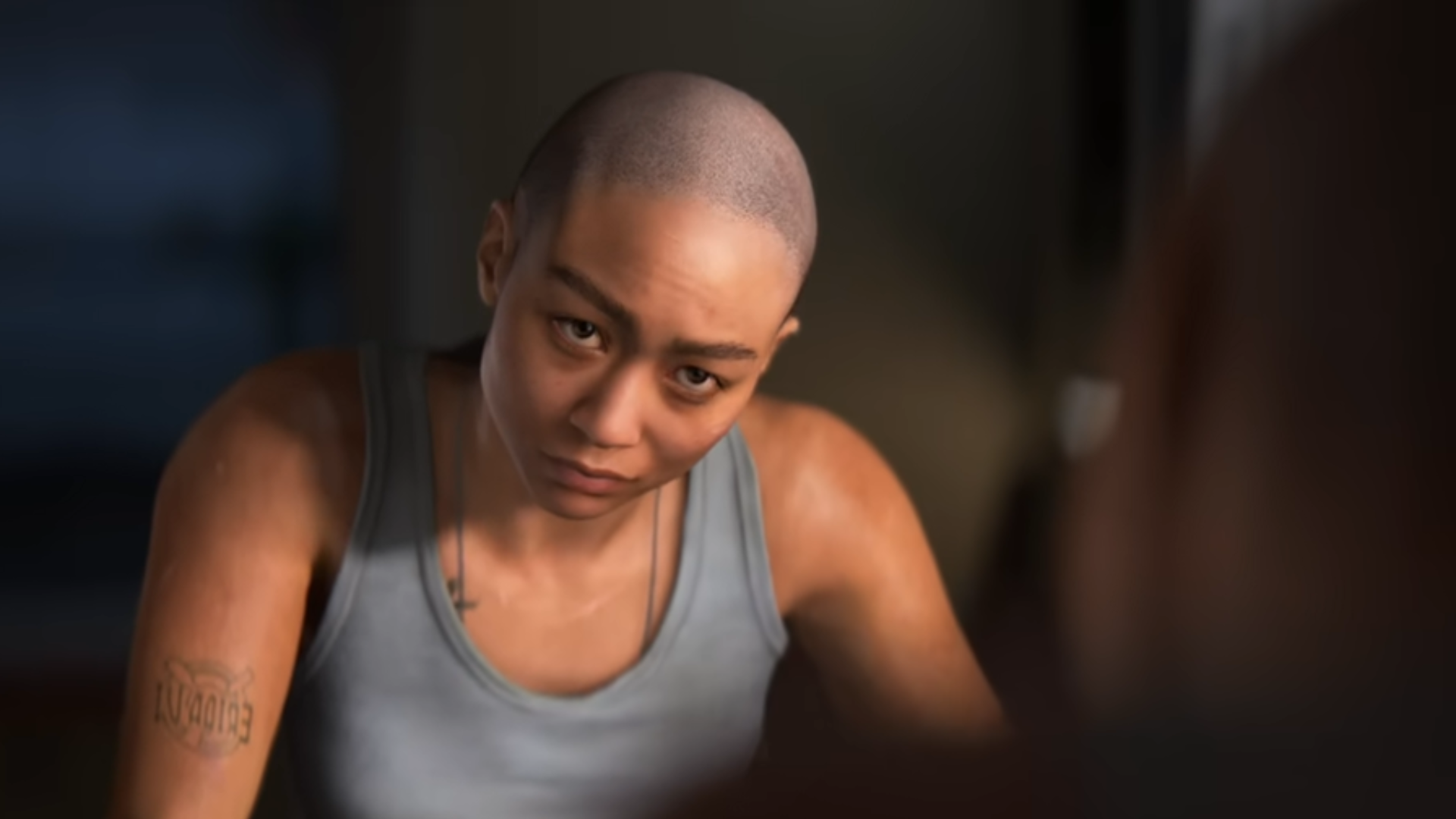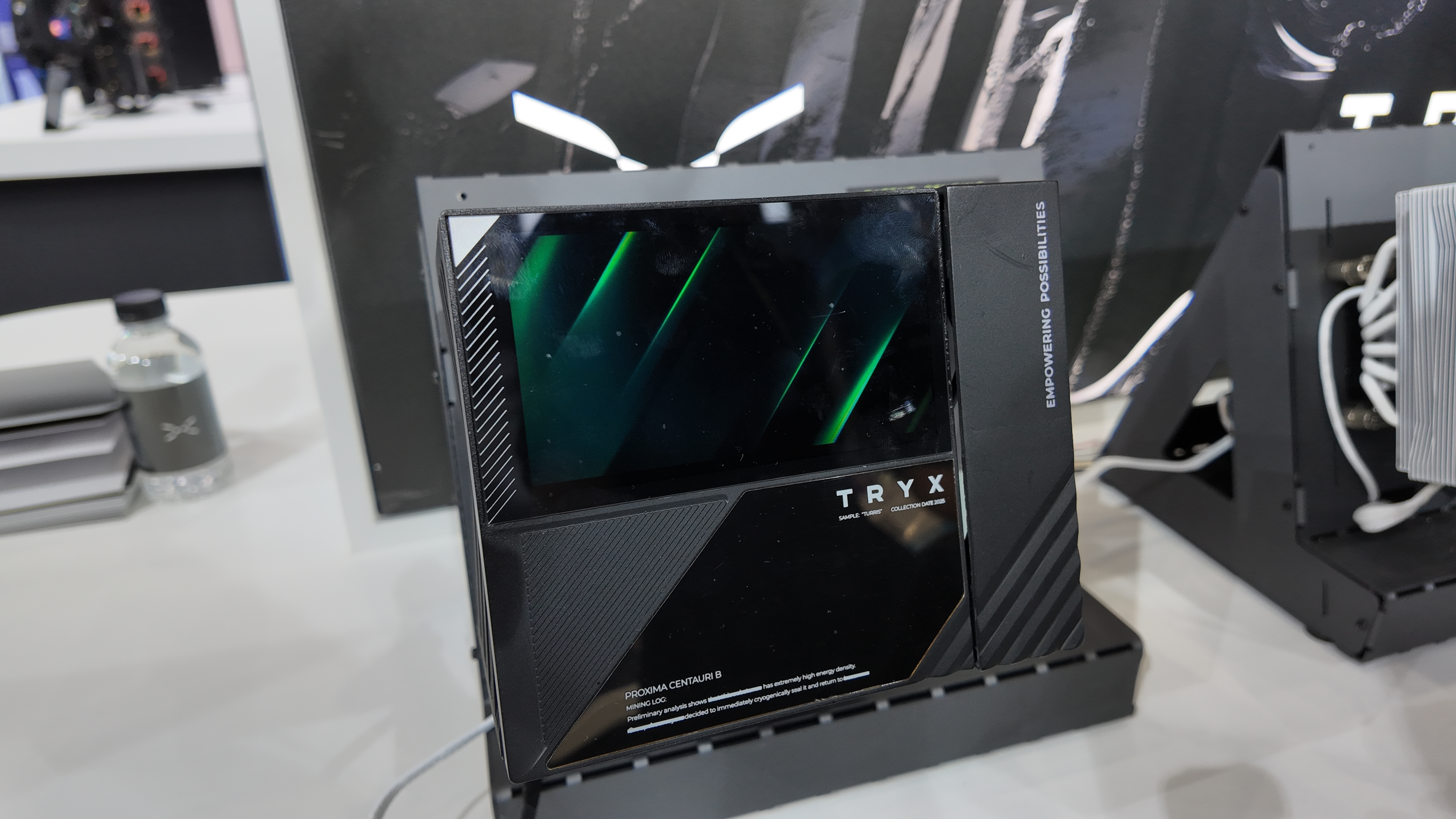
In 2014, three years after FromSoftware caused an industrial quake with Dark Souls, Lords of the Fallen was released. Created by Deck13 and CI Games, it was a middling attempt at recreating the punishing magic of FromSoft’s masterpiece. In the years since it has fallen into obscurity; a largely forgotten B-tier relic from the dawn of the eighth console generation. But while Lords of the Fallen isn’t notable for its quality, it will always be an important part of gaming history. It was the first significant ‘soulslike’. An entire genre of FromSoftware copycats began here.
Almost ten years later, gamescom 2023 was the stage for a trio of important soulslike games. Spearheading the show was Black Myth: Wukong, the incredibly slick reinvention of China’s classic Journey to the West story that – based on the hugely excited audience reaction – may be the most important soulslike so far. Alongside it was Lies of P, the big hitter from last year’s gamescom, which once again proved itself as an elegant interpretation of FromSoft’s best designs. And then there was Lords of the Fallen, CI Games’ and new developer Hexworks’ follow-up to the original mainstream Dark Souls clone.
Between the three of them, it’s never been clearer as to how much the formula has evolved and flourished. No longer just an attempt to cash in on FromSoftware’s brutal-but-intricate RPG design, the soulslike is a fully-fledged genre in its own right, and a fascinating space for diverse challenges.
The new version of Lords of the Fallen is both the most traditional and most radical example of this genre growth. Across visual style, map design, enemy placement, and combat heft, it’s obvious that developer Hexworks considers Dark Souls a religious text. But opposing all those adherences is an exciting new parallel realities mechanic that adds complex layers to combat and exploration.
Powered by a magic lantern, the mechanic grants you the ability to pass between Axiom, the realm of the living, and Umbral, the realm of the dead. As alternate versions of the same space, you can interact with them in a similar way as you would Titanfall 2’s time-hopping Effect and Cause mission, or Dishonored 2’s Crack in the Slab. For instance, you may hit a dead end in Axiom, only to jump across to Umbral to find a clear route, and then warp back to Axiom to continue your journey.
The Umbral Lantern isn’t an optional additive, but a significant change in the way the soulslike formula works.
But the Umbral Lantern is far more than a level remixer. It can also be used to solve environmental puzzles; an early example in the gamescom demo saw me push and pull a platform using the lantern’s light to allow passage over a ravine. The same lantern is also a combat tool, used to pull souls out of enemies and open up their physical form to staggeringly high levels of damage.
My initial experience with the lantern was clumsy – the tutorial goes all-in on explaining its many uses, and so it took a while to acclimatise to mixing very conservative Souls mechanics with these brand new additions. But despite that, I was pleasantly surprised to see how well integrated the lantern is to the fundamental systems of Lords of the Fallen. It isn’t an optional additive, but a significant change in the way the soulslike formula works.
Lies of P has no such significant reinvention, but instead thrives on its refined mechanics that subtly tinker with the core formula. Of all the soulslikes I’ve played, this is the one that feels closest to a FromSoftware original. It has the same tightness in its controls, the right weight in the swings of its heaviest weapons, and the ideal sense of melancholy in its haunted streets. The more I play it, the more it’s clear that it’s not a Hidetaka Miyazaki game, but you’d be forgiven for thinking as much on a very quick glance.
Since it was first revealed, its city setting and impeccable Victorian fashion has seen people call Lies of P a Bloodborne clone. But while it certainly does scratch that itch, such an assertment is only partly true. Yes, it’s set in a dark urban sprawl, but Lies of P’s turn-of-the-century setting gives the streets of Krat a much different, less Lovecraftian vibe. If anything, it’s closer to the steampunk of BioShock, especially with its creepy puppet enemies that share commonality with Infinite’s Handymen and Motorised Patriots. They have that same sense of living on the knife edge between comedy and horror; weird and funny designs that move in nightmarish fashion. I’ve been especially charmed by the King of Puppets, the centrepiece boss of the gamescom 2023 demo, who fights because you refuse to dance with him. This grants Lies of P a unique tone; it’s deeply sad and dark, yes, but everything I’ve seen suggests that a lightness plays among the shadows.
The theft of FromSoftware ideas is obvious, but I can’t deny the craftsmanship of the overall effect.
That experimentation with tone extends to the narrative, which in an unusual move for a soulslike allows you to have a certain amount of decision-based agency. Lies of P is, of course, based on the story of Pinocchio, and so lying is an integral part of the experience. Your puppet protagonist’s nose doesn’t grow, but the lies you tell to NPCs are promised to influence which of the game’s three different endings you are served. It’s said that each of these lies will be something of a moral dilemma, with it often being kinder to whisper ‘white lies’ than divulge the truth. Soulslikes rarely, if ever, allow you this much involvement in their stories, and so I’m excited to see how Lies of P handles this and the consequences of a player’s choices.
Mechanically, developer Neowiz has created a cocktail out of the purestrain Soulsbourne games. There’s equivalents to the health regain system from Bloodborne, the weapon arts of Dark Souls 3, and the mechanical arm from Sekiro, which here can fire explosive rockets, grapple enemies with a ‘puppet string’, and spray acid in thick, defensive lines across the floor. Neowiz has effectively taken FromSoft ideas by the fistful and built them into something new. The theft is obvious, but I can’t deny the craftsmanship of the overall effect. I really do think Lies of P feels like a first-in-class soulslike – potentially the best among the crowd that sticks closely to FromSoft’s recipe.
If Lies of P is about finding a new way of presenting the best of FromSoftware’s innovations, then Black Myth: Wukong is an experiment in stretching those innovations into new forms. Undoubtedly the most impressive of the three soulslikes at gamescom, Game Science’s interpretation of the genre’s tenets could be groundbreaking.
Like Bloodborne, Black Myth eschews the block mechanic, which in turn forces combat to be incredibly fast and evasive. But its battles feel nothing like anything in the FromSoft library – there’s an entirely different rhythm to these encounters that positions Wukong as a unique experience. This is something the soulslike genre has struggled with thus far. Few games, if any, have matched the finesse of a FromSoftware game, and so that can leave them seeming a little ‘bootleg’. But by finding its own pace, Black Myth: Wukong has avoided that knock-off feeling.
That new pace is bolstered by magic abilities that recharge via a cooldown. This is a vital change; where in traditional soulslikes you can run out of mana and thus be cut off from your spellcasting, Black Myth allows you to continually cast so long as you can survive each spell’s (admittedly lengthy) cooldown. This makes abilities like Immobilize, which freezes enemies, and Ring of Fire, which surrounds you with a protective flaming barrier, a fundamental part of the combat loop. We’re yet to see how the levelling system affects spells, but the gamescom demo certainly suggested that magic is a key part of your toolkit rather than reserved for a spellcasting build, and that’s a novel approach for the genre.
It’s the finesse of those formula changes that help carve out Black Myth: Wukong’s niche within a niche. But the game’s word and aesthetic is the thing that instantaneously sets it apart from anything else in the genre. I can argue all I want over how the early electric-era design of Krat and its Goosebumps-like puppet enemies are fresh, but there’s no denying the Bloodborne vibe in Lies of P’s visuals. The animal focus of Black Myth: Wukong, however, is a design all of its own. A monkey with a staff fighting a giant tiger in a pool of blood is unlike anything else in the genre. It’s a universe away from the dark, oppressive atmospheres that FromSoftware prides itself on.
New additives don’t dilute the formula, they nourish it. These are soulslikes, afterall, not souls clones.
Black Muth: Wukong’s more open-minded approach to how these games should look and function is something that soulslikes outside of gamescom 2023 are starting to realise, too. At last year’s show I really fell for Flinklock: The Siege of Dawn, which is finding ways to fit the cinematic flair of God of War into the genre template. And earlier this year I was captivated by Star Wars Jedi: Survivor, which reinvented Sekiro’s parry-based system for the best lightsaber combat I’ve ever experienced in a video game. But developer Respawn knew that FromSoftware wasn’t the only place to look for inspiration. Jedi: Survivor pulls as much on exploration-focused metroidvanias as it does Dark Souls, and in turn that expands the boundaries of the soulslike genre.
The developers who are finding new ways to interpret the foundations of Dark Souls are the ones helping the soulslike genre grow and bloom. New additives don’t dilute the formula, they nourish it. These are soulslikes, afterall, not souls clones. The three examples at gamescom 2023 showed that developers have very different interpretations of what that additive layer means, but they do all understand that it is needed in one way or another. In turn, it shows just how far soulslikes have come; it’s no longer shorthand for a cash-in, but one of the most significant and exciting genres in video games. And that’s pretty cool for a trend that began with something as forgettable as the original Lords of the Fallen.
Matt Purslow is IGN’s UK News and Features Editor.







